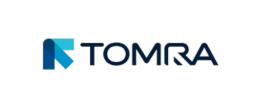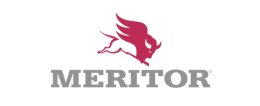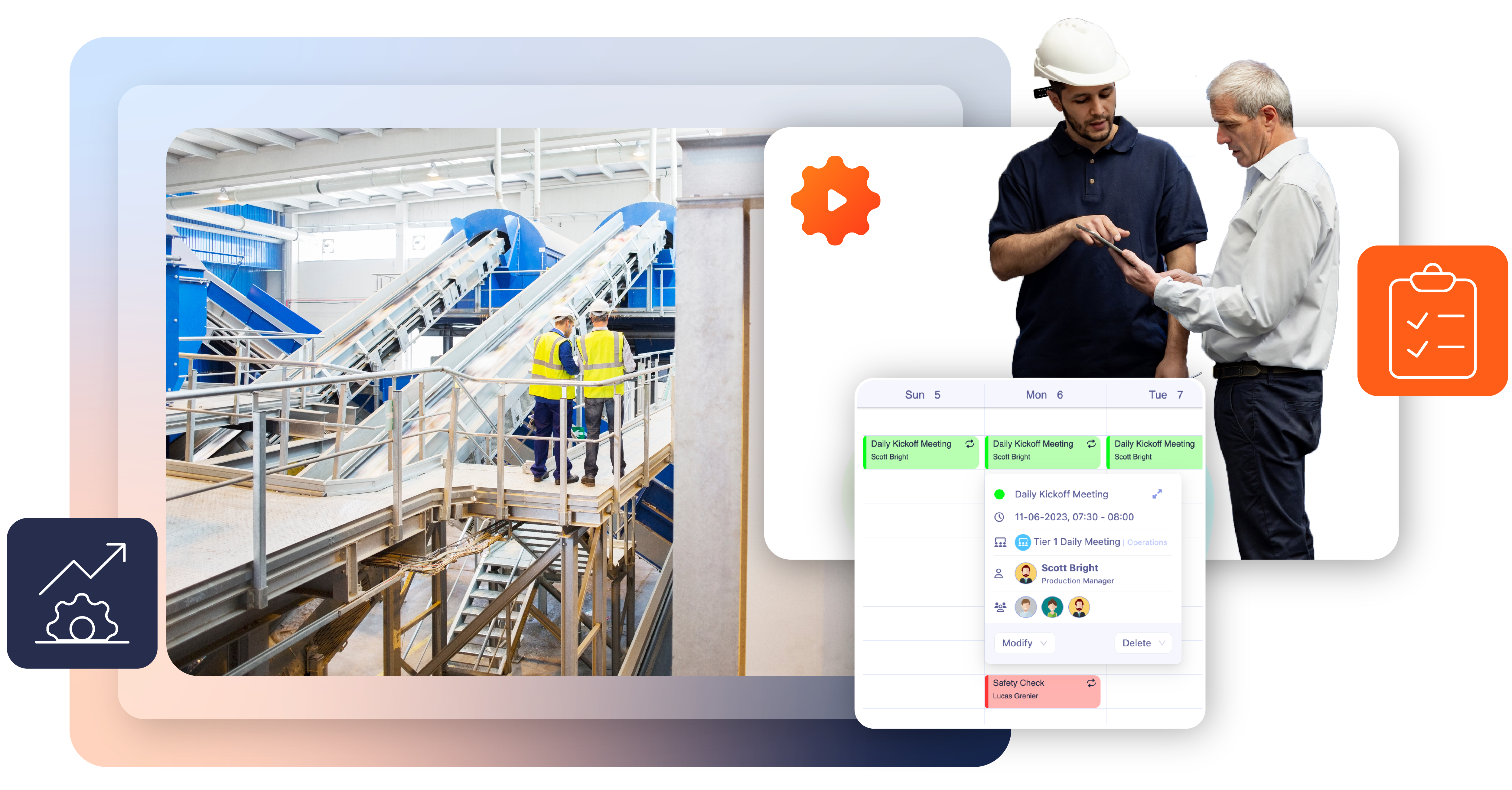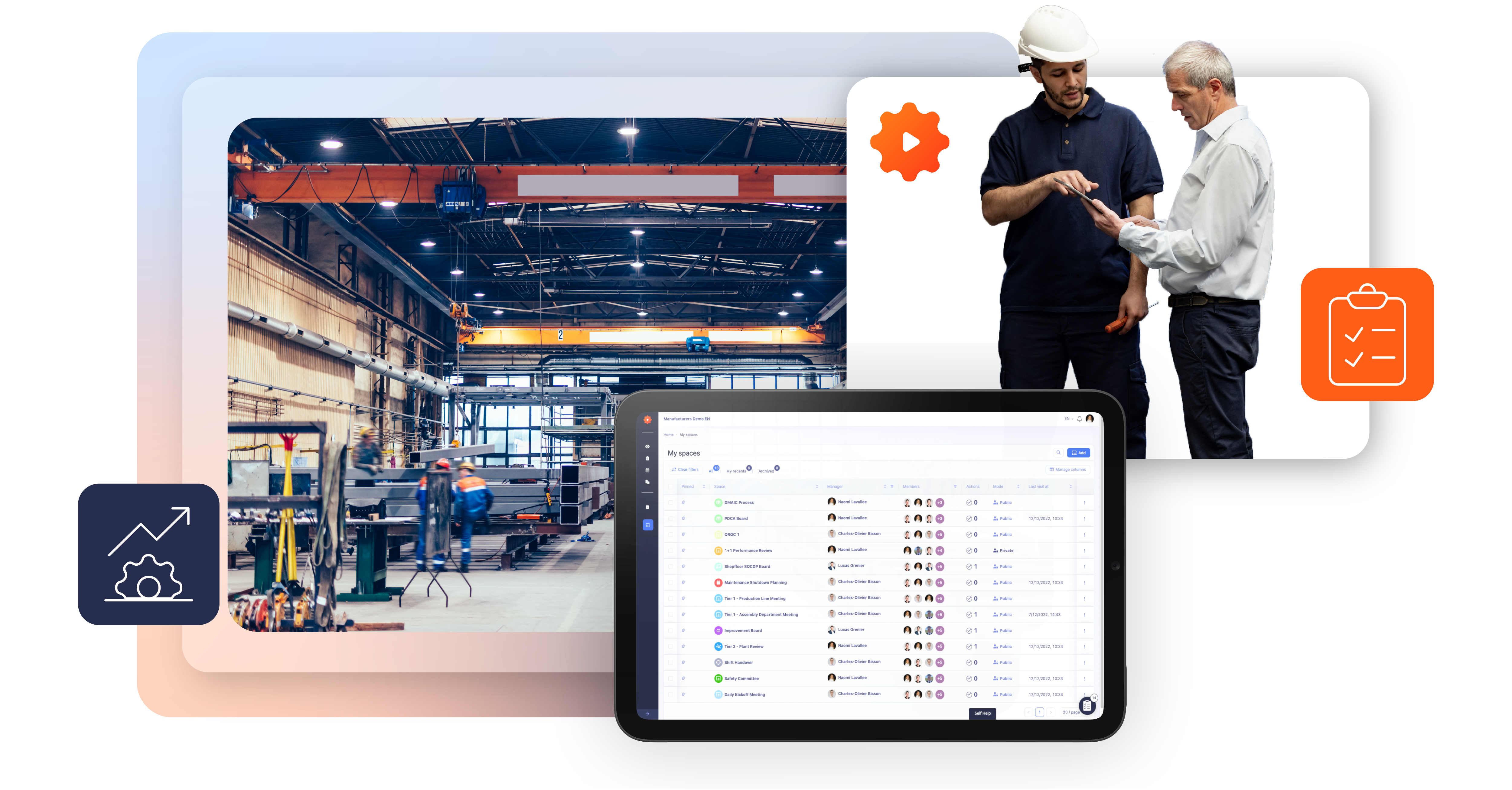What is a Health and Safety Checklist?
Who Usually Conducts Safety Walks?
Benefits of Implementing Safety Walks and Checklists
Case Study : Health and Safety Inspections at TOMRA Canada
Steps to Implement Safety Inspection Checklists in a Manufacturing Environment
Workplace Safety Inspection Checklist (Example)
Safety Checklist Questions for Manufacturers (Example)

What is a Safety Walk?
A safety walk is a systematic management activity for identifying potential safety hazards and risks in the workplace. It involves physically walking through the workplace and observing the work environment, equipment, and employee behaviors to identify potential safety concerns. Safety walks can be conducted on a regular basis and are often accompanied by a safety checklist or other documentation to record any safety hazards or concerns that are identified during the walk.
What is a Safety Gemba Walk?
A safety Gemba Walk is a type of workplace inspection that involves going to the actual location where work is being performed, which is known as the “gemba” in Lean Manufacturing terminology. During the safety Gemba Walk, a team of individuals, including managers, supervisors, and safety experts, observe the work being performed, observe behaviors, ask questions, and look for potential hazards and risks. The goal of a safety Gemba Walk is to gain a better understanding of the workplace and promote a culture of safety. It is a proactive approach to identifying and addressing safety-related issues rather than waiting for incidents to occur.
What is a Health and Safety Checklist?
A health and safety checklist is a tool used to evaluate and assess potential hazards and risks in the workplace. It typically consists of a list of items or questions that cover various aspects of workplace health and safety, such as equipment maintenance, hazardous materials handling, emergency procedures, and employee training. The checklist can be used by managers, supervisors, operators or safety professionals to conduct regular workplace inspections and identify areas for improvement in the organization’s health and safety program.
Who usually conducts safety walks?
Safety walks are typically conducted by managers, supervisors, safety professionals, or by employees themselves as part of a self-audit or inspection. By involving all management levels in these safety walks, you can help create a culture of safety throughout the organization and encourage everyone to take an active role in maintaining a safe work environment.
Safety Walks for all management levels, from team leaders to top-executive
When managers at all levels participate in safety walks, they demonstrate a commitment to safety that sets the tone for the rest of the organization. This reinforces the importance of safety and sends a clear message that safety is a priority for everyone.
It also increases accountability toward your safety prevention program. When managers at all levels participate in safety walks, they demonstrate a commitment to safety and create a sense of accountability for safety throughout the organization. This helps to ensure that safety policies and procedures are being followed and that everyone is doing their part to maintain a safe work environment.
But most importantly, it helps identify hazards. Team leaders, supervisors, and top management bring different perspectives and experiences to safety walks, which can help to identify hazards and potential safety concerns that may have been overlooked by others.
- Operators will inspect their work areas, tools, and equipment to ensure they are properly maintained and in good working condition. They will also check for any hazards or potential safety issues.
- Team leaders will validate that operators use appropriate personal protective equipment (PPE) and follow safe work practices. They will also check for any hazards or potential safety issues.
- Supervisors will inspect the overall work area to ensure it is clean, organized, and free of any potential hazards or safety issues. They will also ensure that all safety procedures are followed and that employees are properly trained.
- Top management will validate that all safety policies and procedures are up-to-date and effective. They will also review any incident reports and make recommendations for improving safety practices.

Benefits of Implementing Safety Walks and Inspection Checklists
For manufacturers, implementing safety walks and safety checklists can improve safety performance by identifying and addressing potential hazards before they lead to accidents or injuries. This, in turn, can result in reduced accidents and injuries, which not only improves the health and well-being of employees but also reduces costs associated with lost workdays and workers’ compensation claims.
Additionally, safety walks can improve compliance with safety regulations and standards, which helps manufacturers avoid costly fines and penalties. Finally, manufacturers can improve employee engagement and foster a safety culture by involving employees in safety inspections.

Case Study : Health and Safety Inspections at TOMRA Canada
TOMRA Canada is transitioning to digital with Tervene. The company has adopted the platform to implement health and safety prevention, conduct inspections and audits, track corrective actions and support continuous improvement.
How to Implement Safety walks and Safety Checklists in a Manufacturing Environment?
Here are the steps to implement safety inspection checklists in a manufacturing environment.
- Determining the frequency and scope of safety walks
– Review relevant laws and regulations to determine any requirements or recommendations for safety walks.
– Conduct a risk assessment of the workplace to identify areas that require more frequent safety walks and areas that can be checked less frequently.
– Consider the nature of the work, the type of machinery and equipment used, and the hazards present when determining the frequency and scope of safety walks.
– Develop a schedule for safety walks and ensure that it is communicated to all employees and stakeholders. - Identifying hazards and risks to be assessed
– Conduct a comprehensive risk assessment of the workplace.
– Consult with employees, safety experts, and other relevant stakeholders to identify potential hazards and risks.
– Review incident reports and near-miss reports to identify common hazards and risks.
– Prioritize the hazards and risks based on their severity and likelihood of occurrence. - Developing a safety checklist
– Identify the hazards and risks that need to be assessed.
– Create a list of questions or items that need to be checked during safety walks.
– Organize the checklist in a logical order that reflects the layout of the workplace.
– Ensure that the checklist is easy to understand and use. - Assigning roles and responsibilities for safety walks
– Identify the personnel who will conduct safety walks, review safety checklists, and implement corrective actions.
– Consider providing training or other resources to personnel who need additional support.
– Establish clear lines of communication between personnel responsible for safety walks and other employees and stakeholders. - Training employees on safety walks
– Develop a training program that covers the purpose of safety checklists, how to conduct safety walks, how to complete the safety checklist, and how to report hazards and risks.
– Provide training to all employees who will be involved in safety checklists.
– Consider providing refresher training periodically to ensure that all employees understand their role and responsibilities. - Documenting checklist findings and safety-related issues:
Ensure that all safety checklists results are recorded in a centralized location
Use a standardized format for documenting findings and issues
Ensure that all hazards and risks identified during safety walks are properly documented
Assign responsibility for following up on identified hazards and risks and documenting corrective actions taken - Communicating between management and employees
– Provide regular updates to employees about safety initiatives and corrective actions taken.
– Consider holding safety meetings or town hall events to discuss safety concerns and ways to improve safety in the workplace.
– Address safety concerns and issues during daily huddles.
– Ensure that all employees are aware of who to contact if they have safety concerns or if they identify hazards or risks. - Improving the health and safety inspection process
– Review the checklist periodically to ensure that it remains relevant and effective.
– Solicit feedback from employees about the effectiveness of safety walks and checklists
Review inspection results regularly to identify trends and areas for improvement.
– Consider using technology to streamline the inspection process, such as using mobile devices to conduct safety walks.
Workplace Safety Inspection Checklist (Example)
Here is an example of a safety checklist that could be used in a manufacturing facility:
General Safety
Are all employees wearing the required personal protective equipment (PPE)?
Are all aisles and walkways clear of obstructions?
Are all electrical cords and equipment in good condition and properly grounded?
Are fire extinguishers easily accessible and up-to-date?
Are emergency exits clearly marked and unobstructed?
Hazardous Materials
Are hazardous materials properly labeled and stored in a secure area?
Are employees properly trained on the handling and disposal of hazardous materials?
Machinery and Equipment
Are guards and other safety devices in place and functioning properly?
Are all machinery and equipment properly maintained and in good working condition?
Are lockout/tagout procedures being followed when servicing machinery?
Ergonomics
Are workstations designed to promote good posture and reduce strain?
Are employees properly trained on safe lifting techniques?
Are ergonomic assessments conducted regularly?
Housekeeping
Is the workplace clean and free of clutter?
Are spills and leaks cleaned up promptly?
Are waste containers properly labeled and disposed of regularly?

Safety Checklist Questions for Manufacturers (Example)
Are all electrical cords in good condition, with no exposed wires or damage?
Are all machines and equipment properly guarded and in good working order?
Are all emergency shut-off switches clearly marked and easily accessible?
Are all chemicals properly labeled and stored in a secure area?
Are all employees wearing appropriate personal protective equipment (PPE) for their tasks?
Are all work areas free of clutter and debris?
Are all fire extinguishers readily available and in good working order?
Are all exit doors and aisles clear and unobstructed?
Are all lifting and moving tasks being performed using proper techniques and equipment?
Are all workers trained on emergency response procedures, including fire drills and evacuation?






















